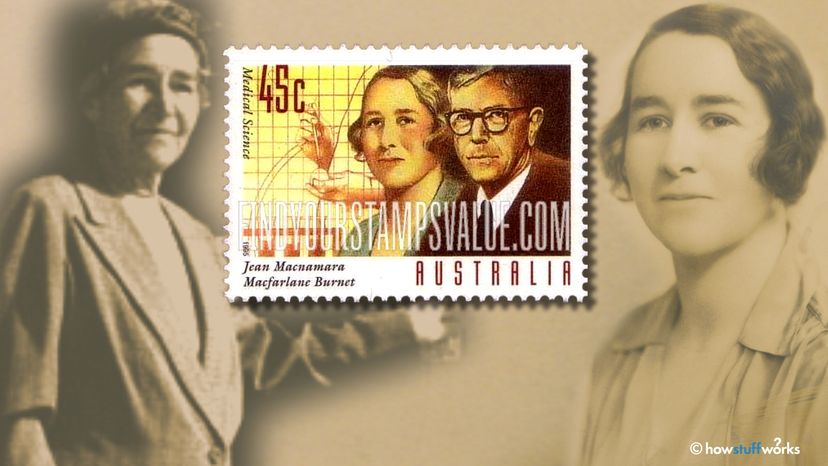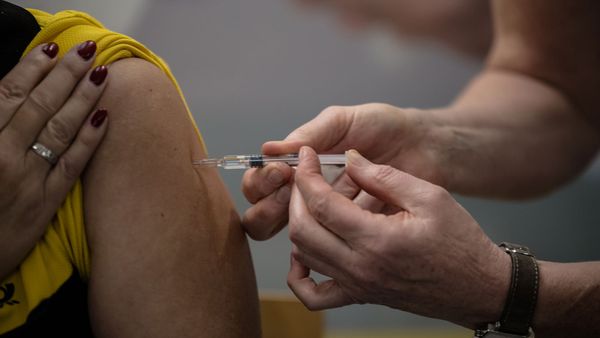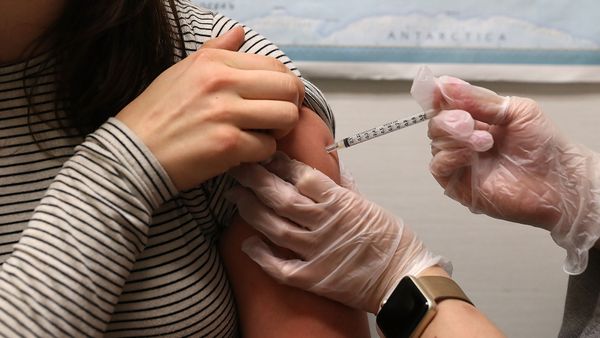
Living through a global pandemic will have a wealth of unintended consequences positive and negative, but one will certainly be a greater appreciation for those in the medical professions — from those on the front lines treating patients to those researchers laboring behind the scenes, seeking to isolate viruses and to discover vaccines both now and in the past.
Dame Jean Macnamara was one such heroine. She witnessed and made remarkable contributions in her chosen profession — medicine — principally in the area of polio research, and her work with patients with partial or complete paralysis.
Advertisement
Macnamara was born in Victoria, Australia, April 1, 1899. She was born into a family that prized hard work and education, and she excelled at both. Macnamara attended Presbyterian Ladies College and became the editor of the school's magazine, winning the prize for general excellence. She distinguished herself at the University of Melbourne, graduating in 1922 with degrees in both surgery and anatomy. She went on to become a resident medical officer at the Royal Melbourne Hospital.
Macnamara was just 23 when she was appointed resident at the Royal Children's Hospital in May 1923, where she worked until 1925. It was a critical time as a horrifying disease — poliomyelitis, also known as polio — was sweeping the globe. After leaving the hospital, Macnamara worked as a clinical assistant at the Children's outpatients' physician and entered private practice to focus on poliomyelitis patients.
But it was in Macnamara's research where her light shone brightest. It was her conclusion that immune serum needed to be used in polio treatment during the pre-paralytic stage. She published and defended her results in both Australian and British journals, though it was a treatment that was never widely administered.
However, it was her discovery in 1931, along with Australian virologist Sir Frank Macfarlane Burnet, of more than one strain of the polio virus that made her reputation. Their finding is credited as one of the first steps toward the eventual discovery of the Salk vaccine. She traveled to England and North America on a Rockefeller Fellowship from September 1931 to October 1933, even meeting with President Franklin D. Roosevelt, himself a victim of polio.
In addition to her keen interest in curing disease, Macnamara sought to alleviate the pain and suffering it left in its wake. She is credited with ordering the first artificial respirator (or ventilator) in Australia. She introduced novel approaches to rehabilitation and splinting damaged limbs, most developed in conjunction with conversation with patients and her own splint-maker. Macnamara proved to be a tireless advocate for people with disabilities long before it was in vogue.
She married a fellow physician, dermatologist Joseph Connor in 1934, and in 1935, Macnamara was appointed Dame Commander of the Order of the British Empire (DBE) for her services to the welfare of children. She died in 1968 of heart disease.
Advertisement

